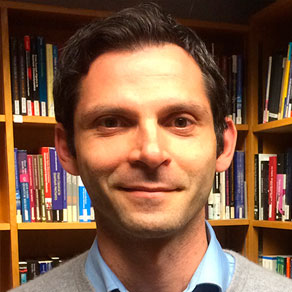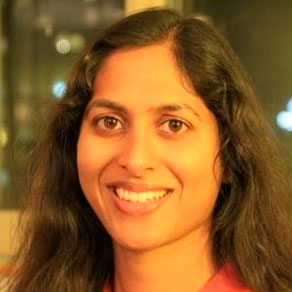
Bart ter Haar Romeny
[intermediate/advanced] Explainable Deep Learning from First Principles
Summary
The tutorial consists of three parts. We start with a principled view on deep neural nets, the neuro-mathematics of self-organization and optimal representations. We discuss an elegant ‘first principles’ model for the first stages of supervised deep learning. The operators are differential operators, performing a Taylor expansion/description of the local structure. This will give us a solid geometric basis for the first layers in both CNN and vision. We derive convolution from first principles, construct a visually guided self-driving car and explain classification networks in detail.
The second part gives a briefing on modern visual neuroscience: brain imaging techniques, the connectome and function of the many cells and circuits in the retina and visual cortex, and the brain pathways for face recognition. We will exploit brain’s strategies to conserve energy.
The third part focuses on explaining the mathematics behind a range of applications in medical image analysis. We conclude with a surprising mathematical model for the now so popular GANs, with a focus on face and face manipulation.
Everything will be presented with LIVE CODING. For all topics discussed, the full source code and all datasets will be made available to the attendants.
Syllabus
- Geometric models from first principles for deep learning
- Learning from the brain: state-of-the-art in vision neuroscience
- Bridging neuroscience and deep learning: applications, GANs, face representation
References
ter Haar Romeny, B.M., Introduction to Artificial Intelligence in Medicine, in: Artificial Intelligence in Medicine (N. Lidströmer and H. Ashrafian, Eds.), Springer-Nature, 2022. ISBN 978-3-030-64572-4.
Bernard, E., Introduction to Machine Learning. Wolfram Media Inc. Free book text and full Mathematica source code: www.wolfram.com/language/introduction-machine-learning/. Best book I know to get hands-on experience and deep understanding quickly.
ter Haar Romeny, B. M., Bekkers, E. J., Zhang, J., Abbasi-Sureshjani, S., Huang, F., Duits, R. et al., Brain-inspired algorithms for retinal image analysis. Machine Vision and Applications, 27(8), 1117-1135, 2016.
ter Haar Romeny, B. M., A geometric model for the functional circuits of the visual front-end. International Workshop on Brain-Inspired Computing. Lecture Notes in Computer Science, vol. 8603, pp 35-50. Springer, Cham, 2013.
Vidal, R., Ma, Y. and Sastry, S.S., Generalized principal component analysis (Vol. 5). New York: Springer, 2016.
Pre-requisites
Basic knowledge of deep learning applied to computer vision. Basic knowledge of linear algebra and calculus. The lectures are given as computational essays in Mathematica Desktop, which makes the ‘playing with math and data’ not only very intuitive and instructive, but also surprisingly visual, 21st century coding for humans, and interactive.
Short bio
https://scholar.google.com/citations?user=SAhuln0AAAAJ&hl=en
https://www.linkedin.com/in/bartterhaarromeny/
Long biography: www.romeny.info
Prof. Bart M. ter Haar Romeny (1952) is emeritus professor in Biomedical Image Analysis at Eindhoven University of Technology in the Netherlands. He obtained his MSc in Applied Physics from Delft University of Technology and PhD from Utrecht University.
He worked his whole career on biologically inspired medical image analysis algorithms, especially for computer-aided diagnosis (cancer, heart, brain, diabetes), image guided neurosurgery and visualization of brain connectivity from MRI diffusion tensor imaging. The focus is on multi-scale geometric modelling. He founded the SSVM (Scale-Space and Variational Methods) conference series, and led the RetinaCheck project, a large international AI-based retinal image screening program for diabetes. He published over 250 papers, 12 books and book chapters, and 3 patents. He is a frequent keynote speaker and awarded teacher.
Till mid 2022 he was President of the Dutch Society for Pattern Recognition and Image Processing and has been President of the Dutch Society for Biophysics & Biomedical Engineering and the Dutch Society of Clinical Physics. He is reviewer for many journals, conferences and science foundations, and organized many international Summer Schools. Prof. Romeny is IEEE EMBS Distinguished Lecturer, Senior Member of IEEE, Fellow of EAMBES, Governing Board member of IAPR, visiting professor at the Chinese Academy of Sciences, distinguished professor at Northeastern University, Shenyang-China, and Honorary Chair Professor at NTUST, Taiwan.
Website
The lecturer has prepared this website describing what he will talk about:






















